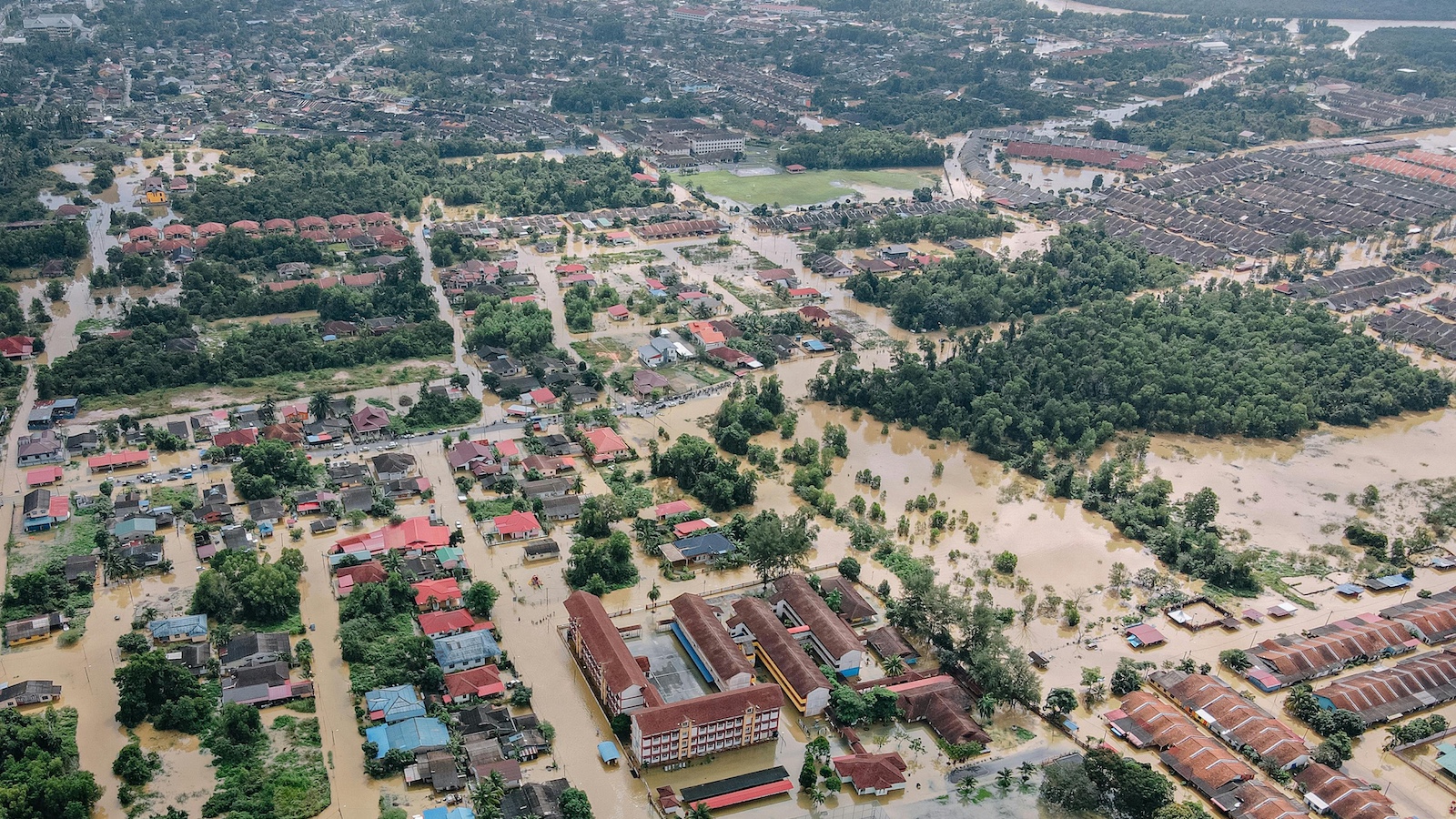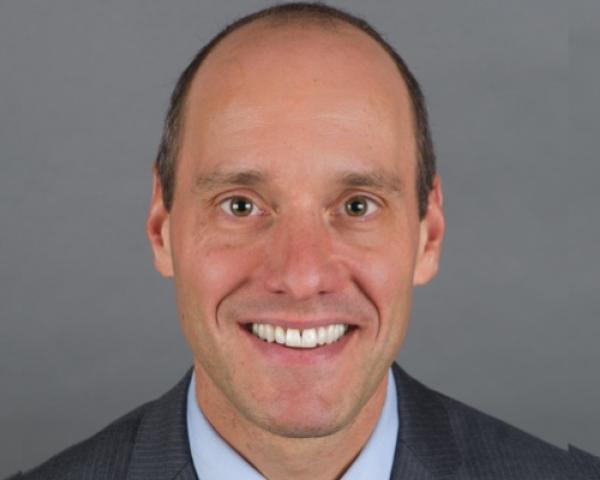The rising complexity and costs of catastrophes in the U.S. are challenging homeowners carriers, hampering profitability and driving up insurance premiums. In some high-risk regions, a weaker insurance market, in combination with economic and demographic impacts of catastrophes, may be a drag on a region or state's credit quality.
As insurers come to terms with the new realities of today's natural catastrophes, they are raising prices and — in worst cases — abandoning certain markets altogether, adding to the cost of living and limiting home-price appreciation. These factors can influence where people choose to live, possibly steering them away from the more exposed regions.
The impact on a region's housing market and economic activity can be a significant factor in determining municipal credit quality, as seen in Louisiana. Texas offers an example of how a state facing a regular slate of challenging weather events can still have a vibrant economy and draw new residents.
Homeowners Line: A Cautionary Tale
The homeowners' insurance market offers insight into the cost pressures that catastrophe risk currently poses to housing markets. Conning's 2024 Homeowners Crisis Focus Study shows how the shift in disaster profiles—particularly the rise in "secondary perils" such as severe convective storms and wildfires—has rendered many existing models and pricing mechanisms obsolete. Despite rising direct premiums written (DPW), carriers continue to struggle with profitability, and largely due to the growing impact of catastrophes. Further complications arise as restrictive regulatory environments in some high-risk states limit pricing options for carriers. In 2023, this led to a series of credit downgrades for some carriers.
In response, some insurers have raised premiums, restricted eligibility, and even exited high-risk markets altogether. For some affected states, these measures have contributed to higher costs of living and declining homeownership rates.
The health of housing markets and property insurance stability directly influences municipal credit quality, as these factors are critical to real estate activity and property tax revenues. And as we note in our 2025 State of the States credit report, governments would be wise to monitor these fundamentals to better understand their exposure to potential credit pressures.
Housing: Municipal Credit Indicator
The U.S. housing market remains a foundational source of financial stability for state and local governments. It drives tax revenue and reflects broader economic and demographic trends, such as population growth — all important factors in assessing municipal credit. In catastrophe-exposed regions, greater risk may suppress House Price Index (HPI) growth, which, in turn, can lead to outmigration and lower property tax collections. Hawaii, Florida, and Colorado fall into the group with the greatest exposure and weakest home price growth. Meanwhile, Kansas, Mississippi, and Alabama also face high risk, but their home prices have held up better.
While states may be insulated in part by revenue diversification, municipalities are more directly affected: Varying by issuer and year, property taxes can account for up to 61% of total revenues for local governments. Counties and cities that rely more heavily on property tax collections face increasing fiscal uncertainty as development and housing markets stagnate or decline.
Given the potential impact on credit quality, Conning highlights investing in infrastructure, diversifying taxes, and building disaster reserves to address emerging concerns, particularly for high-risk regions and states.
A Tale of Two (High-Exposure) States
Texas
Texas is regularly exposed to natural catastrophes yet maintains a strong credit outlook. The state has suffered various types of perils (e.g., Hurricane Harvey in 2017, Winter Storm Uri in 2021), has a catastrophe-losses-per-capita rate well above the U.S. median, and has HPI growth well below the U.S. mean.
Despite these challenges, Texas's credit outlook remains relatively positive for several reasons. It has one of the nation's most competitive tax structures, high GDP and population growth, and reserves that have remained above average during the past several years. These factors may buffer the rising risk of catastrophes, helping Texas and its municipalities sustain their creditworthiness.
Louisiana
Louisiana stands out as the most climate-exposed state in the nation, consistently ranking at the top for catastrophe risk and losses. Between 1980 and 2024, Louisiana's total estimated damages from billion-dollar catastrophes were approximately $300 billion— 31% of which accumulated in the past five years.
This high exposure has triggered a feedback loop preventing credit quality growth. The reaction of homeowners' carriers has also forced many to rely on state-backed insurance, further straining public finances. Meanwhile, the need for infrastructure recovery is adding budget pressure, but, unlike Texas, Louisiana lacks the flexibility to absorb the impact: Louisiana had one of the weakest HPI and population growth performances in our 2025 State of the States report, partially responsible for its overall last-place ranking.
Best Medicine: A Healthy State Economy
In regions that experience high catastrophe risk, the struggles of homeowners insurance carriers and uncertainty in housing markets may signal broader fiscal challenges for states and municipalities. Risk mitigation efforts are becoming increasingly important, particularly as potential changes to federal disaster response programs—such as proposals to restructure the Federal Emergency Management Agency (FEMA)—introduce additional uncertainty around future recovery support.
In one attempt, Louisiana lawmakers in April introduced a bill aimed at reducing homeowners' insurance costs by establishing a catastrophe reinsurance fund, although it is without a pledge of the state's full faith and credit. The Reinsurance Association of America suggests the program may struggle due to a lack of diversification and a high concentration of risk.
Ultimately, while catastrophe exposure poses significant challenges for homeowners, insurers, and municipal credit quality, the contrasting experiences of Texas and Louisiana highlight that fiscal strength and risk management are critical to maintaining credit stability amid escalating natural disaster costs.
Footnotes
1 Source: ©2025 Conning, Inc., "2024 Homeowners' Crisis Focus Study"
2 Source: ©2025 Pew Research Center, Jeff Chapman. "How Local Governments Raise Their Tax Dollars." Pew Research Center, Washington, D.C. (July 27, 2021). https://www.pew.org/en/research-and-analysis/data-visualizations/2021/how-local-governments-raise-their-tax-dollars, accessed on August 14, 2025.
3 Source: ©2025 Tax Foundation: https://taxfoundation.org/research/all/state/2025-state-tax-competitiveness-index/
4 Source: ©2025 Conning, Inc., "2025 State of the States"
5 Source: ©2025 NOAA National Centers for Environmental Information (NCEI) U.S. Billion-Dollar Weather and Climate Disasters (2025). https://www.ncei.noaa.gov/access/billions/, DOI: 10.25921/stkw-7w73
6 Source: Steve Hallo. "Industry Opposes Louisiana Bill to Create State-Backed Reinsurance Program." AM Best, Baton Rouge, Louisiana. (April 25, 2025). Industry Opposes Louisiana Bill to Create State-Backed Reinsurance Program, accessed August 18, 2025.










